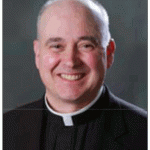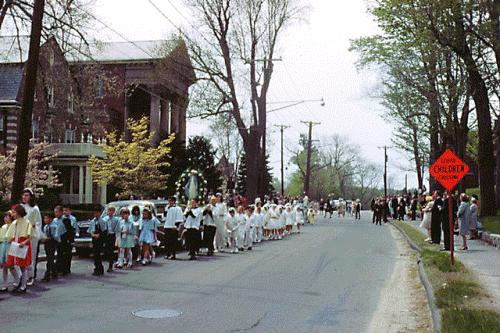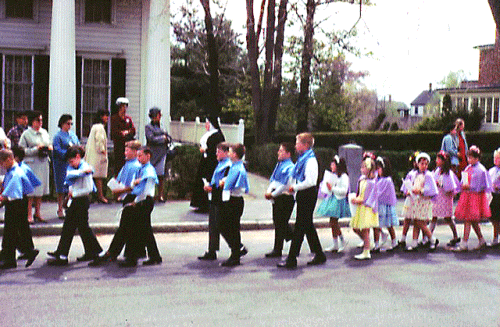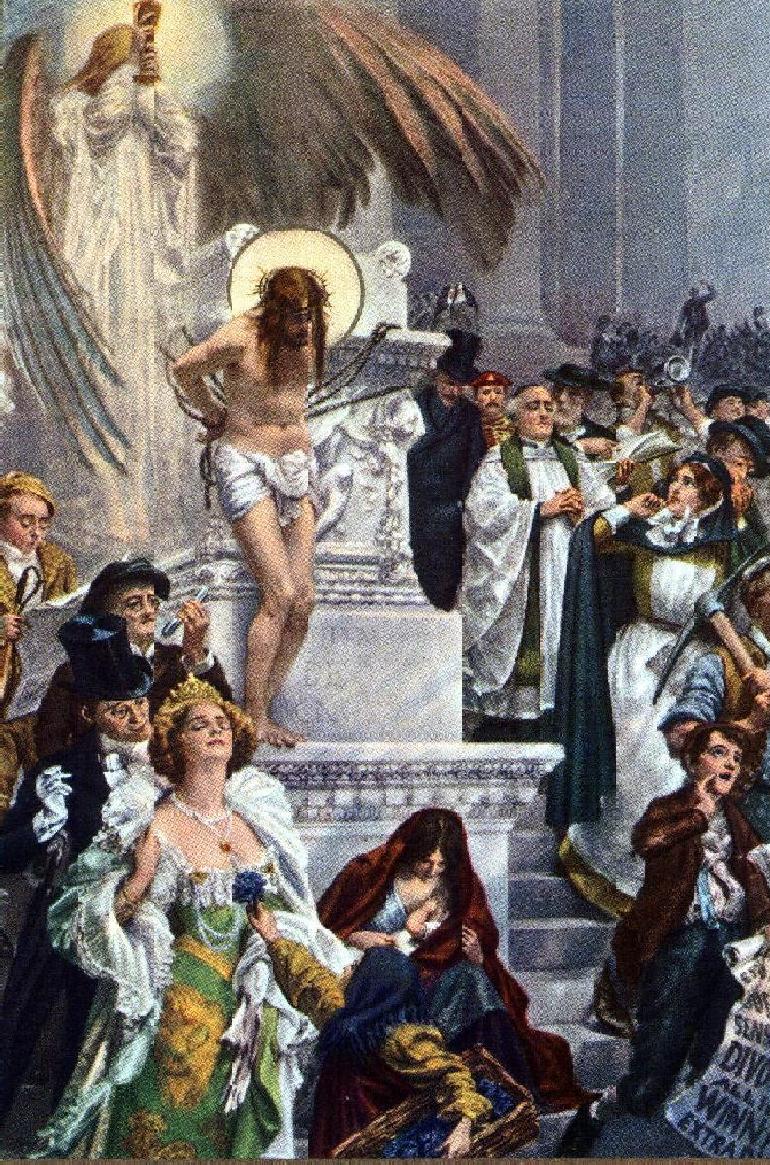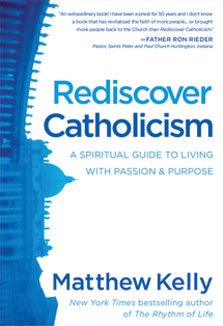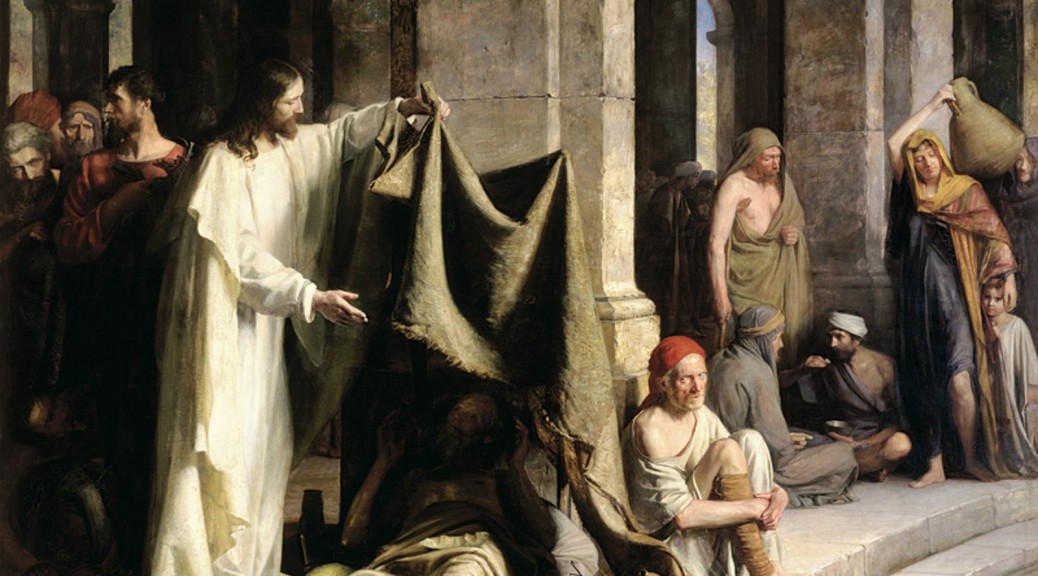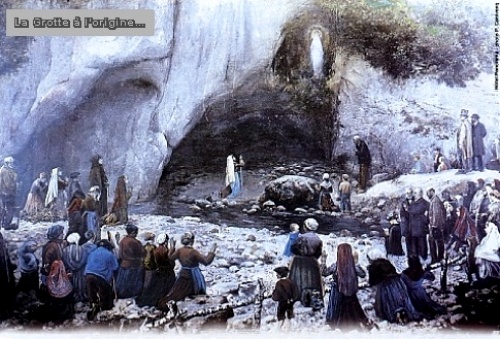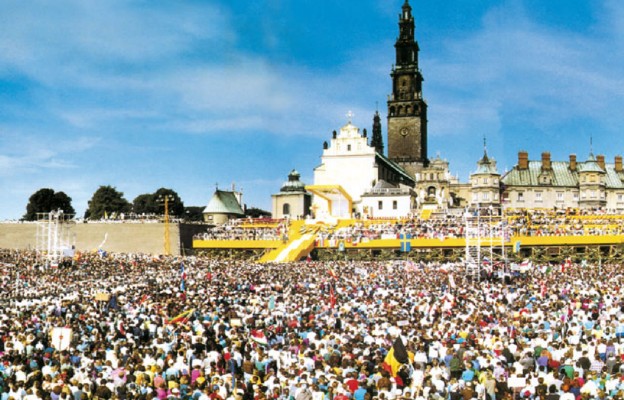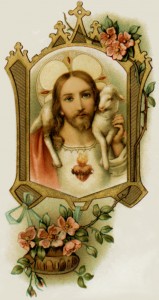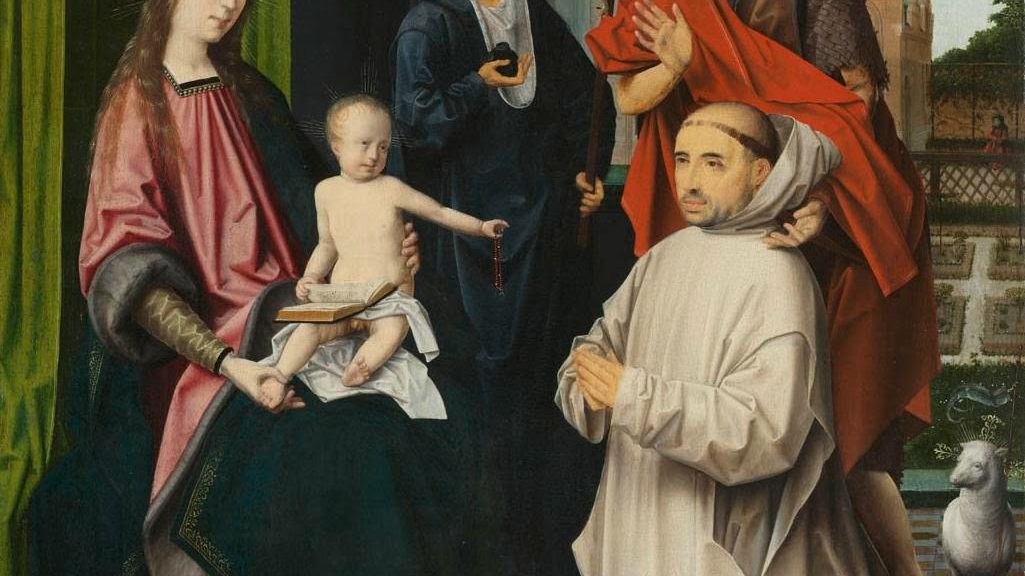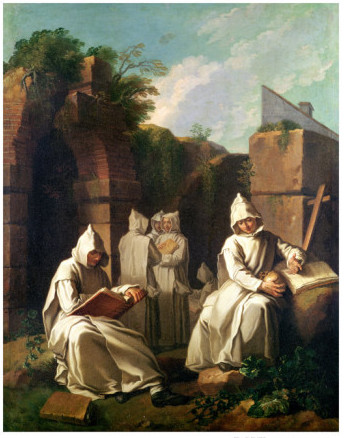(Pastor’s Note from the Mary Immaculate of Lourdes Bulletin for June 24, 2012)
Today is a day of great rejoicing for our parish as we welcome back newly-ordained Jesuit priest Fr. William Blazek, S.J. for a Mass of Thanksgiving. Fr. Blazek will be celebrant at today’s 10:30 a.m. Solemn High Latin Mass. Directly following Mass we will hold a reception for Fr. Blazek and will have the opportunity to receive his First Blessing.
It adds greatly to the spirit of celebration that today’s Mass is a special feast-day: the Nativity of St. John the Baptist. It is also sometimes called the “Summer Christmas”, as the birth of Our Lord’s cousin St. John the Baptist six months before His nativity in Bethlehem is closely related to the joyful Mysteries of Christmastide. At one time in the Church’s history St. John’s Nativity was celebrated as a Holy Day of Obligation and Three Masses were offered as at Christmas. Great bonfires were lighted on the hilltops (St. John’s Fires) to symbolize John’s mission as the one who was to bear witness to Christ, the true Light of the World, just before He came.
St. Augustine used the turning of the seasons as a way to make a spiritual analogy to the Christian life. John’s Nativity, he says, occurs at the time of the year when the daylight is longest (at least in the northern hemisphere), and then daylight gradually decreases. The Feast of Christmas, however, occurs just after the shortest day and gradually the light increases. And just as John the Baptist said that “He [Christ] must increase, and I must decrease,” after Jesus had begun His Public Life, so we might use the declining daylight after St. John’s
Feast as a reminder of how our ego-life must decrease in order for Christ’s-life within us to increase.
Another significant theological truth about John’s birth is that he was sanctified in the womb of his mother St. Elizabeth. When Elizabeth heard the voice of Mary’s greeting, she felt at once her child leaping in her womb for
joy: the unborn baby John was mystically greeted by the unborn Child Jesus. John is born without the stain of Original Sin.
We celebrate the birthdays on earth of only three individuals in our Church cycle of feasts: Our Lord Jesus Christ on Christmas, December 25th (He is sinless by nature); Our Lady’s Nativity on September 8th (she is sinless by her Immaculate Conception); and St. John the Baptist on June 24th, for he is born without sin. A special holiness and virtue is his portion for the unique role he is to play as the Herald of the Messiah. So holy was he that many people of that day understandably concluded that John himself was the long-awaited Christ.
